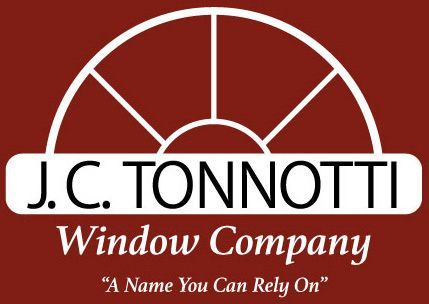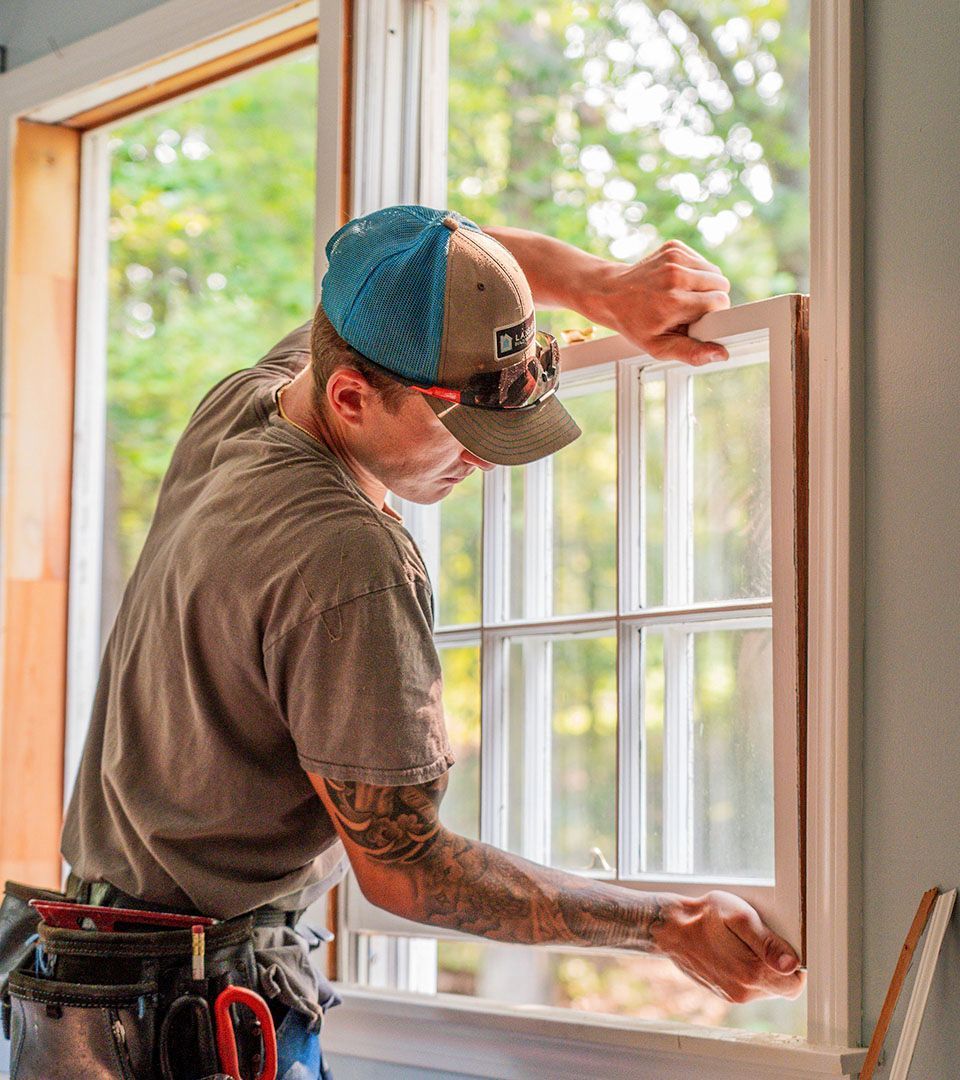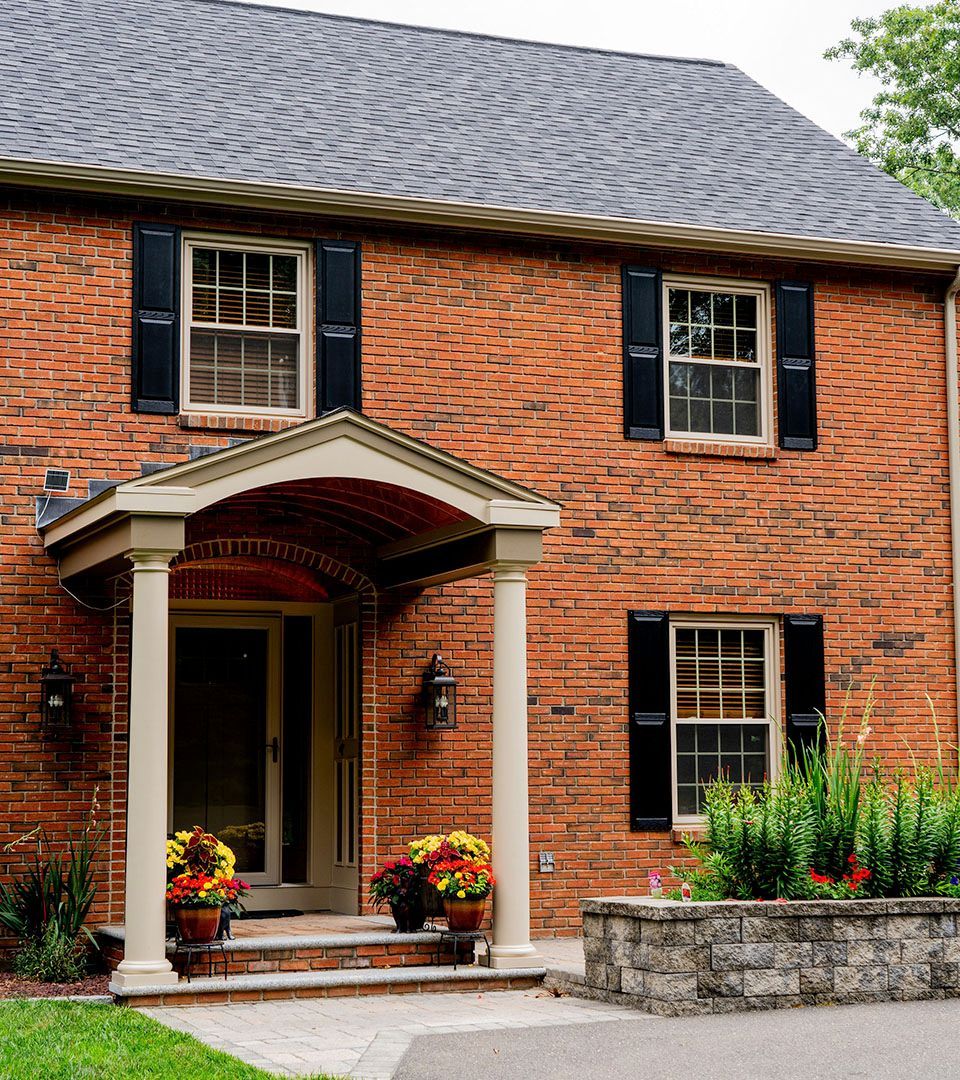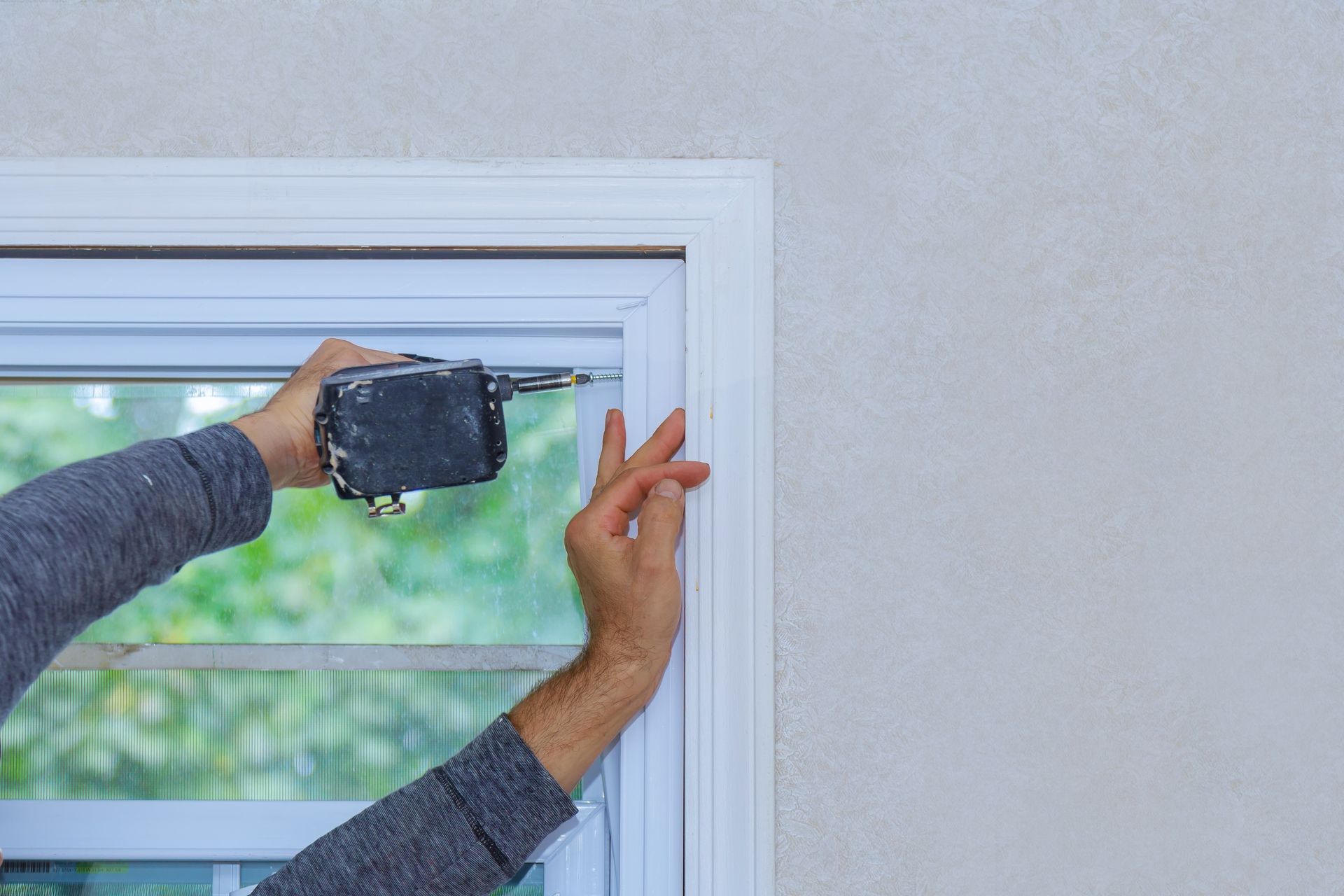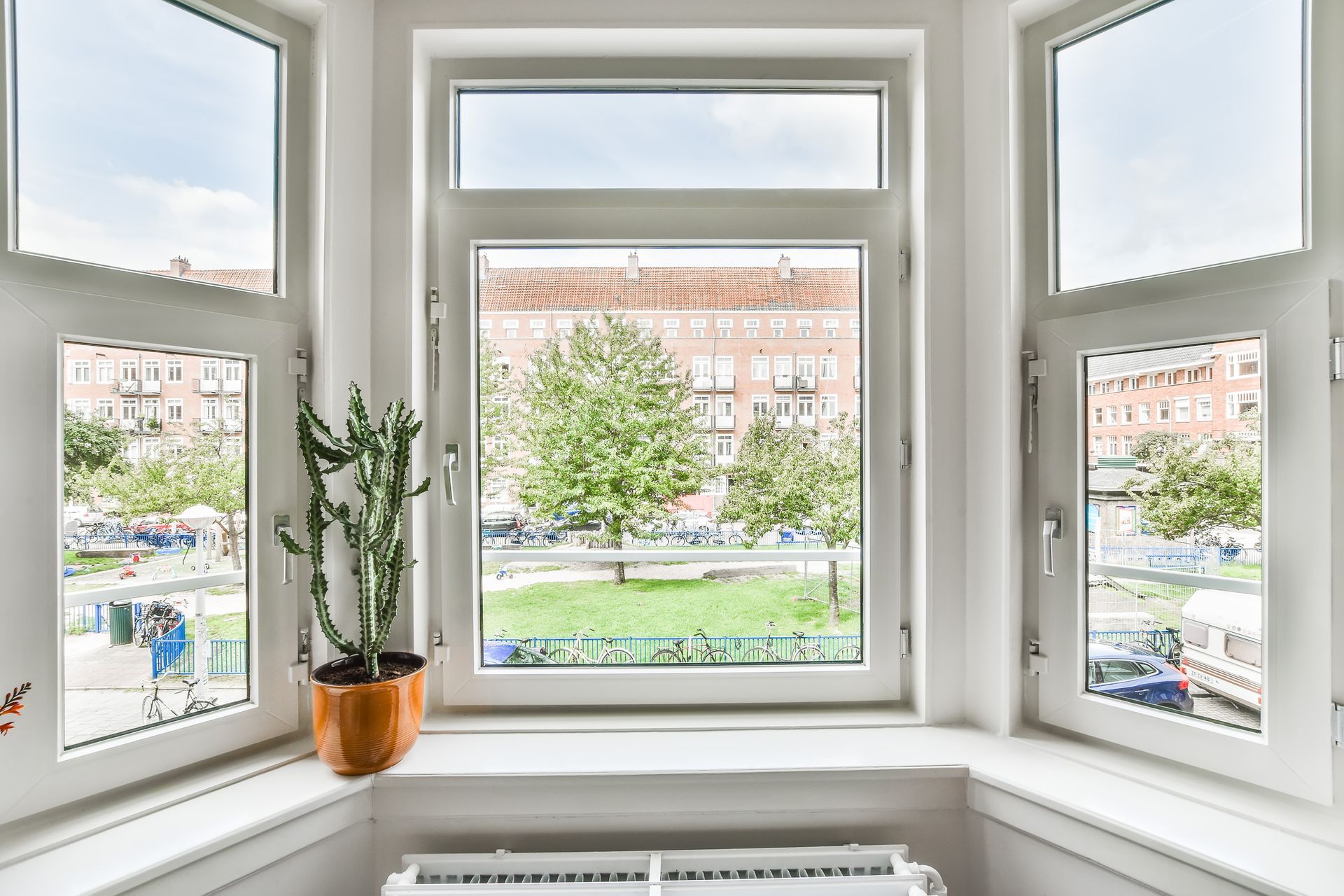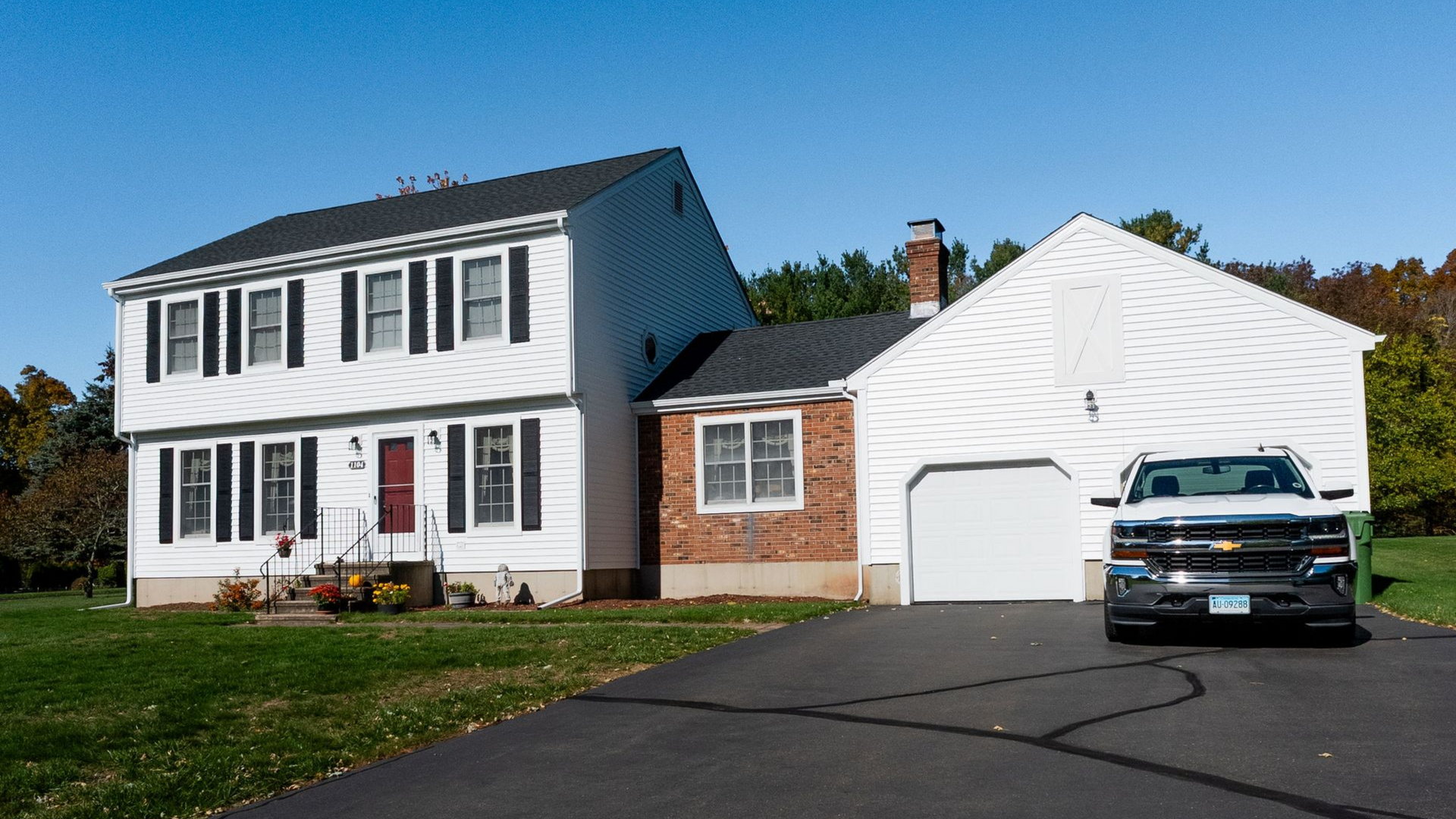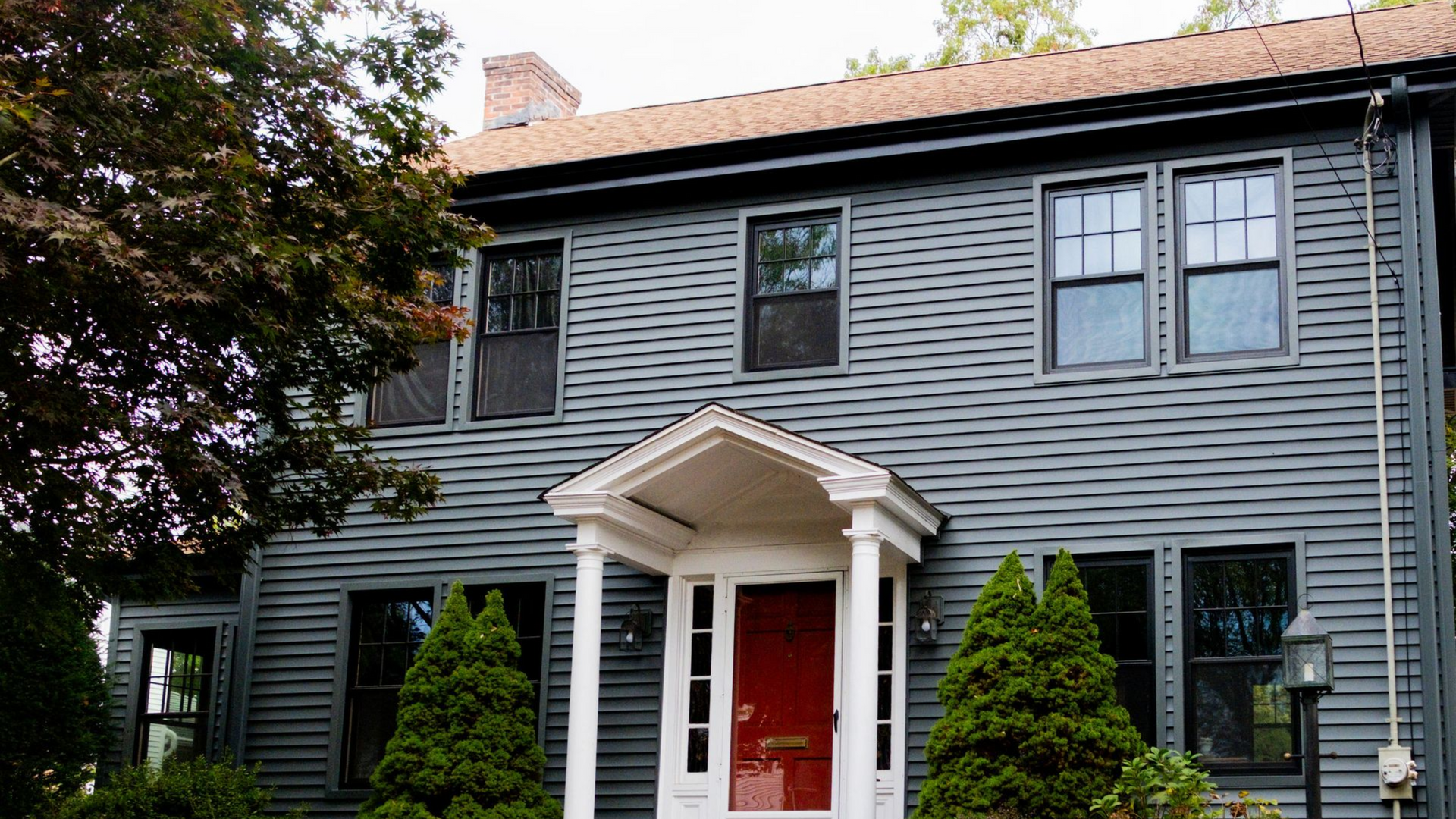How Often Do Vinyl Windows Need to Be Replaced (2025 Guide)

Wondering how often do vinyl windows need to be replaced? The short answer: quality vinyl windows typically last 20–30 years, but heavy sun, extreme temperature swings, poor installation, or neglected maintenance can shorten that timeline. If you’re noticing drafts, foggy glass, or sticky sashes, it’s time to inspect—and possibly plan for replacement. Read on for a simple rule of thumb, the signs to watch for, and smart ways to extend your vinyl window lifespan.
Quick Answer: Typical Lifespan & Replacement Timing
Most homeowners can expect two to three decades from well-made, properly installed vinyl windows. Start budgeting and scheduling quotes once your windows hit the 15–20 year mark or sooner if you see performance issues. “Replace” means more than cosmetic refresh—it’s about restoring comfort, efficiency, safety, and curb appeal.
Good checkpoints
- Inspect annually; deep-check every 3–5 years
- Plan ahead if utility bills rise, comfort drops, or hardware fails
- Prioritize south- and west-facing elevations that endure higher UV
What Determines Vinyl Window Lifespan
Material quality
uPVC formulation, UV stabilizers, and frame color all affect durability. Darker frames in full sun may heat up more, increasing thermal expansion and contraction over time.
Climate & sun exposure
High UV, coastal salt, and freeze–thaw cycles stress seals and frames. Intense sun exposure can lead to yellowing vinyl or frame color fade.
Installation quality
Proper shimming, flashing, and water management prevent leaks and early spacer failure or failed window seals.
Glazing & hardware
Double- or triple-pane glass with Low-E coatings, argon gas fill, and quality balances/locks keeps performance stable longer.
Usage & maintenance
Gentle operation, routine cleaning, and clear drainage weeps delay wear. Neglected caulking and weatherstripping accelerates air leaks.
Signs Your Vinyl Windows Need to Be Replaced
- Drafty windows or noticeable window air leaks
- Condensation between panes or persistent fogging (points to a
failed seal)
- Warped, brittle, or cracked sashes; hard-to-open
sticky sashes
- Rising energy bills or hot/cold spots near glass
- More
outside noise than before (weakened insulation)
- Moisture, soft spots, or mold around the frame or sill
If you’re checking multiple boxes, replacement is usually more cost-effective than piecemeal repair.
Repair vs. Replace: A Practical Decision Framework
Repair can buy time when:
- Frames are structurally sound
- Issues are limited to
recaulking,
weatherstripping, or hardware tweaks
- Glass is intact and operation is smooth
Replace when:
- Multiple panes are fogged or the glazing bead and warm-edge spacer show widespread failure
- Frames are cracked,
warped, or the sash is brittle
- Windows are builder-grade and 15+ years old with poor
U-factor rating or comfort complaints
- You’re remodeling and want consistent style, noise reduction, and Energy Star windows
How Often to Replace by Scenario
Builder-grade vs. premium
Builder-grade can show decline around 15–20 years; premium models with better vinyl compounds and hardware often reach 25–30+ years.
High UV or coastal
Expect shorter intervals—sun and salt stress seals and finishes. Proactive inspections every season help.
Cold climate
Look for double-pane vs. triple-pane performance. If rooms are drafty and glass runs cold, upgrade for better R-value vs. U-factor balance.
Heavy-use rooms
Kitchens, kid bedrooms, and sliders get more wear. You may phase replacements by elevation or room.
Replacement Options 101
Insert (pocket) vs. full-frame
- Insert keeps existing frames and trims—faster and less disruptive if frames are sound.
- Full-frame replaces everything—best when frames are damaged or you want larger glass area and full water management reset.
Energy ratings explained
- U-Factor: how well the window insulates (lower is better).
- SHGC: how much solar heat passes through (balance for your exposure).
- Energy Star zones: pick a spec tuned for local climate.
Glass & comfort choices
- Low-E glass and argon improve efficiency
- Laminated or
triple-pane can boost
noise reduction and comfort
- Consider tilt-in sashes, upgraded screens, child-safety locks, or enhanced security latches
Costs, Savings, and ROI
Vinyl window replacement cost varies by size, style, access, and whether you choose full-frame vs. insert. While upfront labor and installation can be significant, you can recoup value through lower utility bills, increased comfort, and better resale. Check for local rebates and tax credits to improve payback, and remember that consistent style and fresh trims can elevate curb appeal and appraisal.
Warranties & Reality Check
Review what’s covered: frame, insulated glass unit (IGU), hardware—and whether labor is included. Note transferability if you may sell, and read the fine print on what voids coverage (improper cleaning chemicals, non-pro install, or structural movement). A long warranty isn’t a substitute for proper installation or realistic expectations about expected service life.
Maintenance Checklist to Extend Lifespan
- Inspect and refresh caulking and weatherstripping each season
- Keep weep holes clear; confirm proper drainage
- Clean frames and glass with non-abrasive products (avoid harsh solvents)
- Lubricate moving parts annually
- Fix small issues early—loose latches, snagging balances, screen tears
- Use a
window inspection checklist to track condition over time
Planning Your Replacement Timeline
- Establish a baseline at install; re-evaluate at 5, 10, and 20 years
- Replace the worst offenders first (often sun-baked south/west sides)
- Standardize specifications for
apples-to-apples quotes: measurements, glass package (e.g., Low-E + argon),
U-factor/SHGC, and install scope
- Choose a qualified contractor who follows manufacturer guidelines and best-practice flashing/water management
Measuring Performance Before & After
If you want proof of gains, consider a
home energy audit with blower-door testing or infrared imaging. Track utility bills and indoor comfort (drafts, temperature swings, noise) to validate improvements.
Frequently asked questions
About Vinyl Windows
How long do vinyl windows last?
Generally 20–30 years, depending on quality, climate, and maintenance.
Can I replace just the glass if the frame is fine?
Sometimes. If the frame is square and healthy, glass-only fixes can buy time. Multiple failures or frame damage point to full window replacement.
Do vinyl windows warp or fade?
Prolonged heat and UV can lead to thermal expansion and surface fading—quality compounds and proper installation reduce the risk.
How often should window seals be inspected?
Check annually; look for condensation between panes, drafts, or visible spacer issues.
Is triple-pane worth it?
In colder or noisy areas, yes—better insulation and sound control. In milder climates, high-performance double-pane with Low-E may be the value sweet spot.
Next Steps
Ready to evaluate your windows?
Schedule a quick assessment with J.C. Tonnotti. We’ll inspect for signs your vinyl windows need replacing, review options, and provide a clear, itemized quote—so you can decide whether to repair, phase replacements, or upgrade now for comfort, efficiency, and value.
